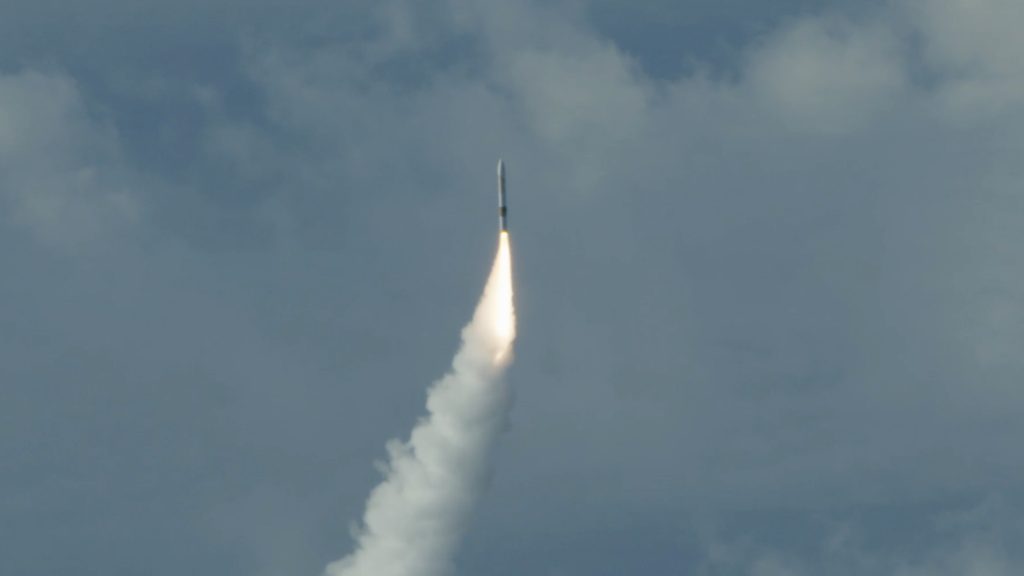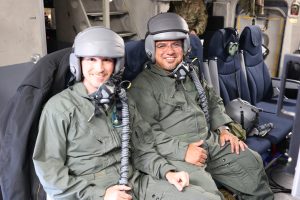
Sandia National Laboratories is helping defend deployed troops and the nation against hypersonic threats.
During a March 24 test, the Missile Defense Agency, in cooperation with the Navy, launched a Sandia-developed hypersonic target vehicle from a C-17 aircraft toward the USS Pinckney, an Arleigh Burke-class Aegis destroyer tasked with performing a simulated intercept.
Hypersonic weapons are hard to catch. They're fast, cruising at speeds starting at a mile per second and maneuverable, making their trajectories hard to predict.
But the destroyer was faster. Using integrated data from space capabilities passed through fire control and then provided to the ship, it successfully detected, tracked and executed a simulated engagement of the Sandia target. The test provided powerful data and validation for MDA to use in future live-intercept testing.

Flight Test Other-40, or FTX-40, took place off the coast of the Pacific Missile Range Facility in Kauai, Hawaii. It represented a significant advance both toward countering the new and increasing challenge of hypersonic weapons and Sandia's ability to aid the nation in this endeavor.
"This is the first time we've flown a hypersonic advanced target for MDA and a big step forward for the nation," said Dennis Helmich, Sandia's director for integrated military systems.
As a Federally Funded Research and Development Center, Sandia has had a longstanding collaboration with the Department of Defense in hypersonics.
Building on that work, Sandia designed and built a new variant glide body as a target for MDA, specially engineered to mimic a wide variety of threats in a test environment. Sandia integrated the hypersonic payload with a provided rocket booster and assisted with the test.
Sandia has a rich history in engineering hypersonic vehicles that dates back more than 40 years and continues to support technology maturation, vehicle development and cost-effective flight testing.
In 2024, Sandia concluded a seven-year, $40 million internally funded Autonomy for Hypersonics research campaign to study and advance hypersonic technologies such as autonomous trajectory-planning algorithms while connecting universities that support the nation's hypersonic needs. The labs identified post-campaign funding of over $40 million from other agencies to continue the work.






